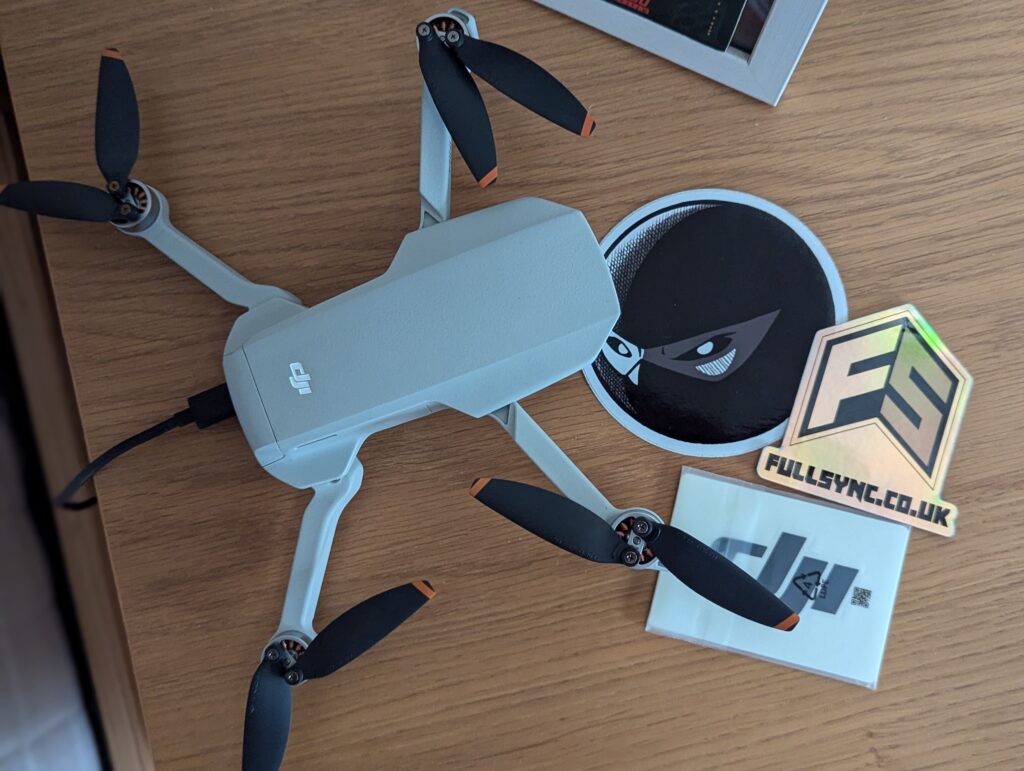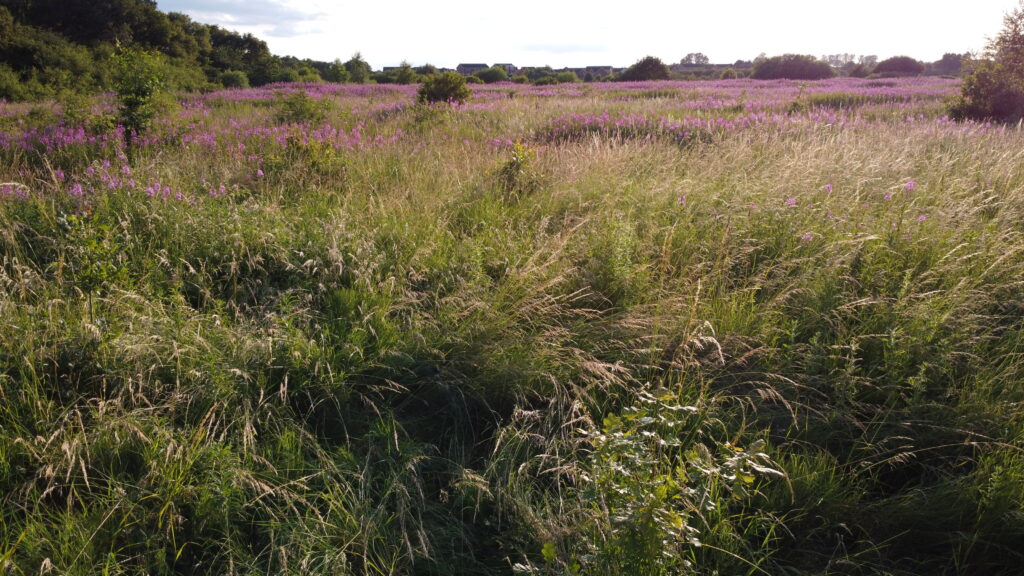Here at FULLSYNC, we’re taking our video reviews to another level, by starting to integrate drone footage into our product reviews. Something we’re really excited about!
However, did you know that there are legal requirements, based on the type of drone you’re operating? We didn’t! So I’ve been through the motions to get legit, and see exactly what operating one of these machines entails.
We’re lucky because we’re operating a 249g drone. But for the sake of understanding the process, Ben is now an official licenced operator and registered flyer!

Getting started
Operating a drone in the UK can be an exciting and rewarding hobby or professional activity. However, it comes with specific legal requirements and guidelines that must be followed to ensure safety and compliance with the law. This article will cover the necessary steps to get started, including legal requirements, operational guidelines, and recommendations for beginner pilots.
Legal Requirements
- Registration and Licensing:
- Operator ID: Anyone flying a drone weighing between 250g and 20kg must register for an Operator ID, which costs £11 per year. You can register for an Operator ID here.
- Flyer ID: If your drone weighs between 250g and 20kg, you must also pass a basic online test to obtain a Flyer ID. The test covers safety and legal requirements and is free of charge. You can take the test for a Flyer ID here.
- Categories:
- Open Category: Most hobbyist drones fall into this category. It includes three subcategories (A1, A2, and A3), each with specific restrictions based on the drone’s weight and flight location.
- A1 (C0 and C1 class): For drones under 900g that can be flown over people but not crowds.
- A2 (C2 class): For drones up to 4kg that can be flown close to people, but not over them.
- A3 (C3 and C4 class): For drones up to 25kg they must be flown far from people and buildings.
- Specific and Certified Categories: For more complex operations, such as flying heavier drones or commercial operations, additional permissions and certifications are required.
- Open Category: Most hobbyist drones fall into this category. It includes three subcategories (A1, A2, and A3), each with specific restrictions based on the drone’s weight and flight location.
- Insurance:
- While not mandatory for hobbyists, it is advisable to have insurance to cover potential liabilities. Commercial operators must have insurance.

Operational Guidelines
The takeaway from doing the test is essentially “be mindful of others and your surroundings, and don’t be a dope”. But here are the cliff notes.
- Safety Precautions:
- Always keep your drone within the visual line of sight (VLOS).
- Do not fly higher than 120 meters (400 feet) above ground level.
- Maintain a safe distance from people and property. For subcategory A3, this is at least 150 meters from residential, commercial, and industrial areas.
- Restricted Areas:
- Avoid flying near airports, airfields, and other restricted airspace without proper authorization.
- Use apps like Drone Assist to check for any temporary flight restrictions (TFRs) or no-fly zones.
- Respect Privacy:
- Do not capture images or videos where people expect privacy without their permission.
- Weather Conditions:
- Do not fly in adverse weather conditions like high winds, rain, or fog as it can affect the performance and safety.

Recommendations for Beginner Drones
- DJI Mini 2 4K:
- Weight: 249g
- Camera: 12MP, 4K video
- Flight Time: Up to 31 minutes
- Features: Easy to fly with intuitive controls, excellent camera quality, and lightweight design that doesn’t require an Operator ID.
- Ryze Tello:
- Weight: 80g
- Camera: 5MP, 720p video
- Flight Time: Up to 13 minutes
- Features: Affordable, easy to operate, and ideal for indoor flying and learning the basics of operation.
- DJI Mini 3 Pro:
- Weight: 249g
- Camera: 48MP, 4K video
- Flight Time: Up to 34 minutes
- Features: Advanced obstacle avoidance, superior camera capabilities, and intelligent flight modes for a slightly higher-budget beginner.
- Holy Stone HS720E:
- Weight: 495g
- Camera: 4K video
- Flight Time: Up to 23 minutes per battery
- Features: GPS-assisted flight, brushless motors, and a high-quality camera, making it a robust option for beginners seeking advanced features.

Get going!
In summary, I think “don’t be a moron” applies quite nicely. Think about what’s going on around you, be careful, be mindful and have fun. It feels like the hoops you need to jump through are relatively minimal and just common sense. For £11 you can be registered and ready to go!
By obtaining the necessary registrations, respecting privacy and restricted zones, and selecting a suitable beginner drone, you can ensure a safe and enjoyable flying experience. Always keep updated with the latest regulations from the Civil Aviation Authority (CAA) to stay compliant and enjoy your new hobby or profession responsibly.
For even more helpful tips and tricks for gaming and tech, check out our guides section.